Christmas Light
’Twas the night before Christmas when all through the house
No electrons were flowing through even my mouse.
All devices were plugged by the chimney with care
With the hope that St. Nikola Tesla would share.

A message from NV5, Inc.
Seconds Matter: Rethinking Nuclear Facility Security for the Modern Threat Landscape
’Twas the night before Christmas when all through the house
No electrons were flowing through even my mouse.
All devices were plugged by the chimney with care
With the hope that St. Nikola Tesla would share.

Southern Nuclear is leading the charge in artificial intelligence integration, with employee-developed applications driving efficiencies in maintenance, operations, safety, and performance.
The tools span all roles within the company, with thousands of documented uses throughout the fleet, including improved maintenance efficiency, risk awareness in maintenance activities, and better-informed decision-making. The data-intensive process of preparing for and executing maintenance operations is streamlined by leveraging AI to put the right information at the fingertips for maintenance leaders, planners, schedulers, engineers, and technicians.

Urenco USA has highlighted the completion of a successful year of advancing nuclear fuel supply in the U.S. by achieving two new milestones this month: The first production of enriched uranium above 5 percent uranium-235, and the startup of the company’s next cascade of centrifuges as part of its capacity installation program.
Trump Media & Technology Group, the American media and technology company majority owned by President Trump, and California-based fusion company TAE Technologies, announced on Thursday the signing of a definitive merger agreement to combine in an all-stock transaction valued at more than $6 billion.

Progress in the Department of Energy’s Reactor Pilot Program continues as Natura Resources has executed an Other Transaction Agreement (OTA) with the DOE for the company’s Molten Salt Research Reactor being pursued in close collaboration with Abilene Christian University (ACU) in Texas. Reactor projects participating in the program would progress through DOE authorization and oversight rather than Nuclear Regulatory Commission licensing.

Three commercial power reactors across two Illinois nuclear power plants—Constellation’s Clinton and Dresden—have had their licenses renewed for 20 more years by the Nuclear Regulatory Commission.
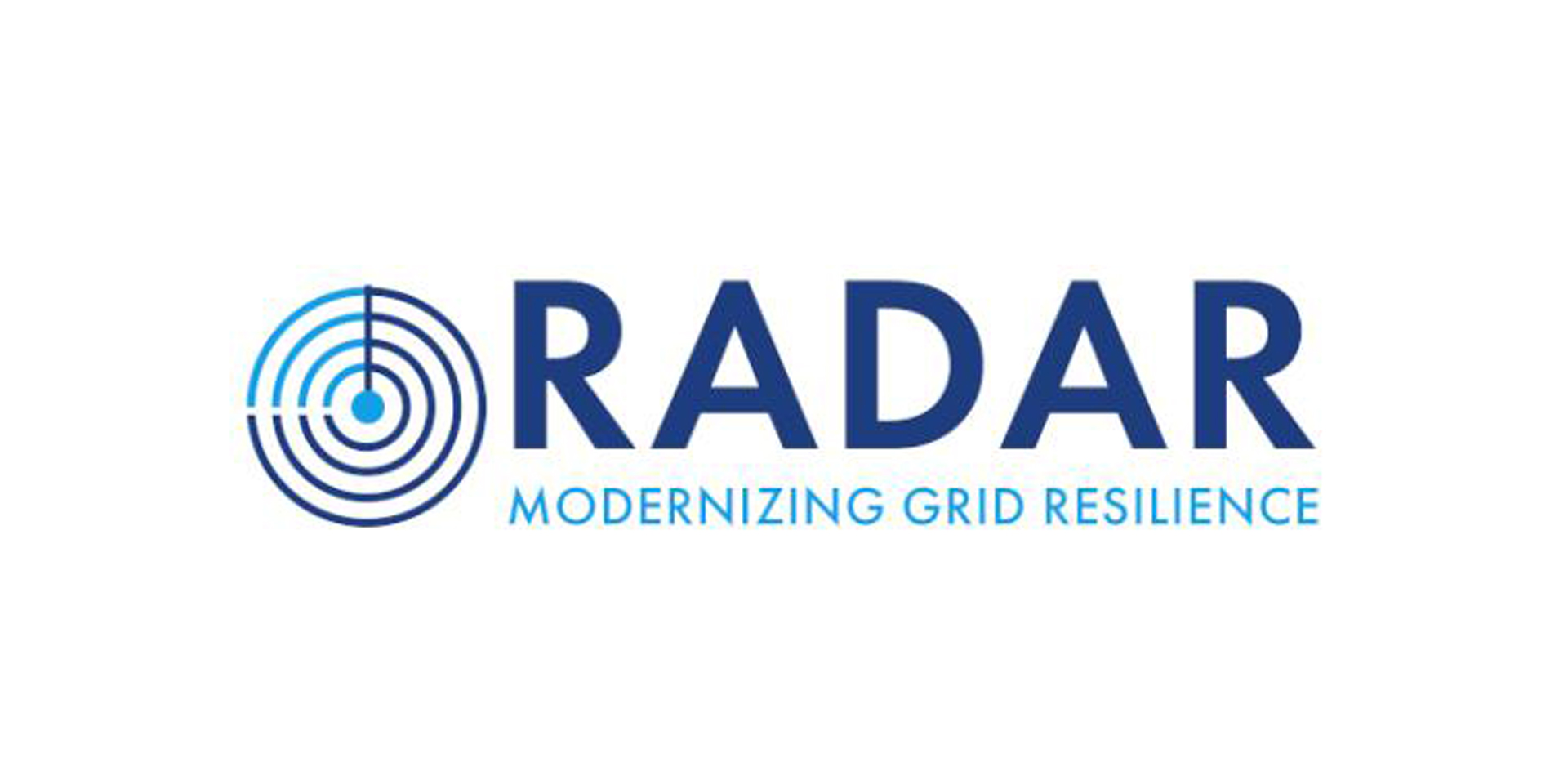
The Electric Power Research Institute has launched a global initiative to prepare future grids by modernizing how the electricity-generating sector detects, anticipates, and responds to emerging risks and manages technological transformation. The nonprofit energy research and development organization intends for the initiative, called Rapid Adaptation of Grid Defense, Analytics, and Resilience (RADAR), to provide a scalable framework, advanced tools, and targeted training for strengthening grid resilience and reliability.

Fusion technology company Thea Energy announced this week that it has completed the preconceptual design of its fusion power plant, called Helios. According to the company, Helios is “the first stellarator fusion power plant architecture that is realistic to build and operate with hardware that is available today, and that is tolerant to the rigors of manufacturing, construction, long-term operation, and maintenance of a commercial device.”

The Department of Energy Office of Environment, Health, Safety and Security (EHSS) held its annual meeting this month with the government of the Marshall Islands. The two-and-a-half-day meeting, in Honolulu, Hawaii, focused on ongoing cooperative efforts and programs related to the legacy of U.S. nuclear weapons testing from the 1940s and 1950s. The United States began cleanup operations on the islands in the 1970s.

France’s state-owned electric utility EDF has announced that Flamanville-3—the country’s first EPR—reached full nuclear thermal power for the first time, generating 1,669 megawatts of gross electrical power. This major milestone is significant in terms of both this project and France’s broader nuclear sector.
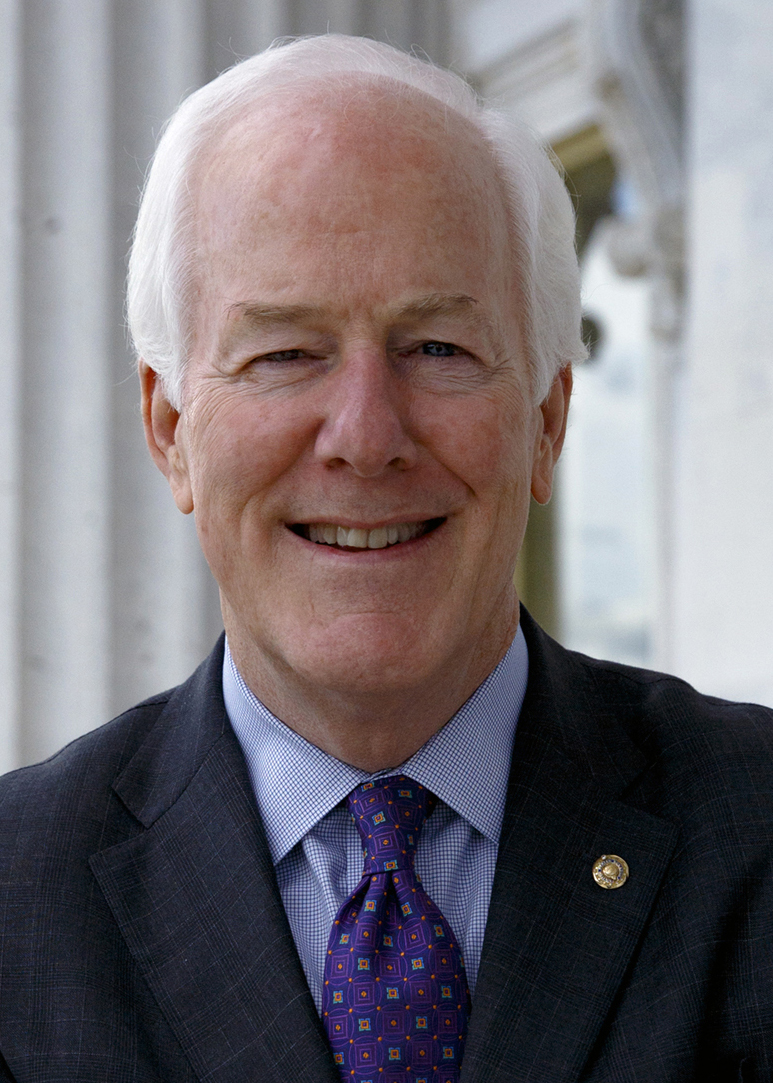
Cornyn
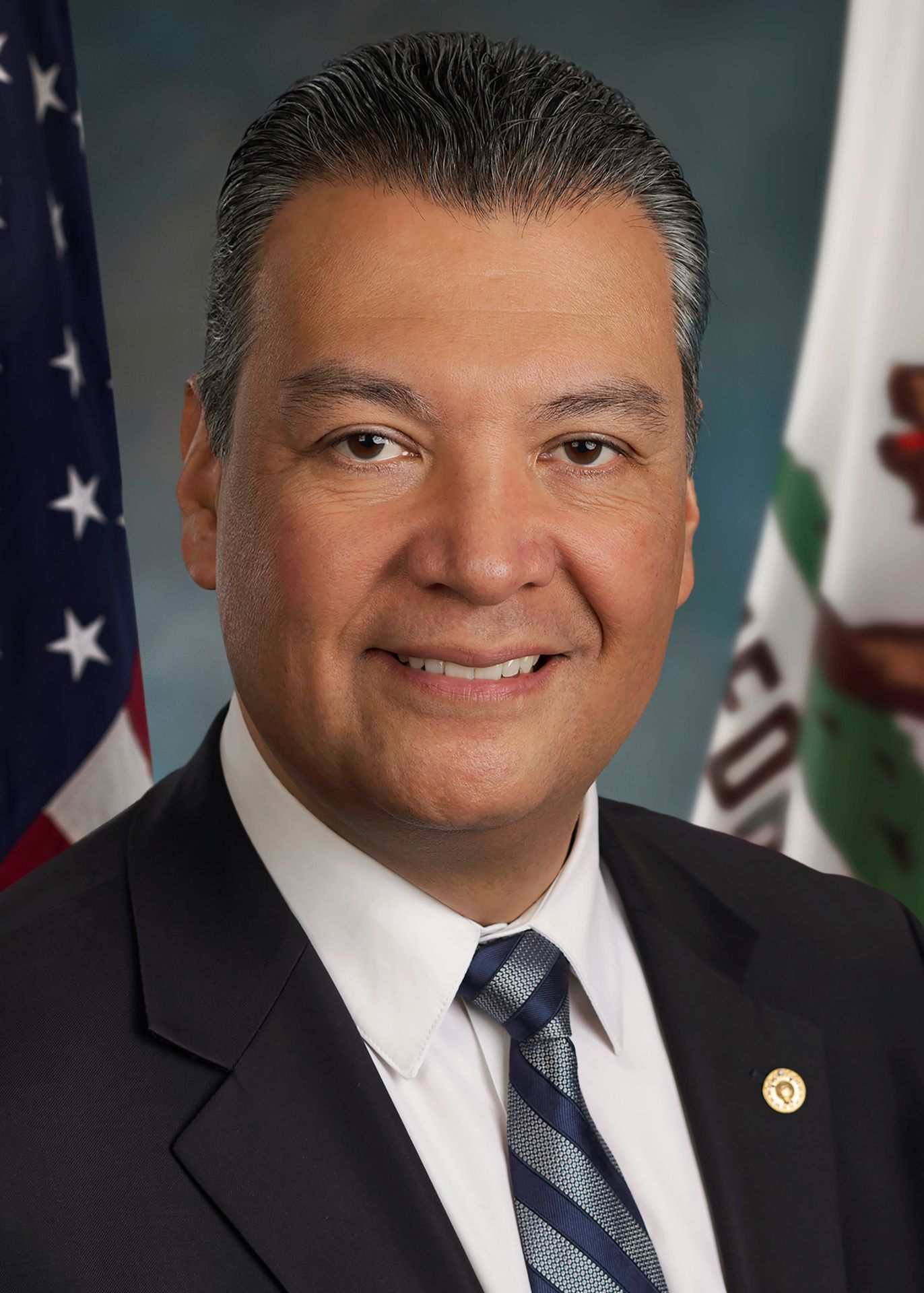
Padilla
Sens. Alex Padilla (D., Calif.) and John Cornyn (R., Texas) have introduced bipartisan legislation to formally establish the Office of Fusion at the Department of Energy. This move seeks to codify one of the many changes put forward by the recent internal reorganization plan for offices at the DOE.
Companion legislation has been introduced in the House of Representatives by Reps. Don Beyer (D., Va.) and Jay Obernolte (R., Calif.), who are cochairs of the House Fusion Energy Caucus.
Details: According to Obernolte, “Congress must provide clear direction and a coordinated federal strategy to move fusion from the lab to the grid, and this legislation does exactly that.”
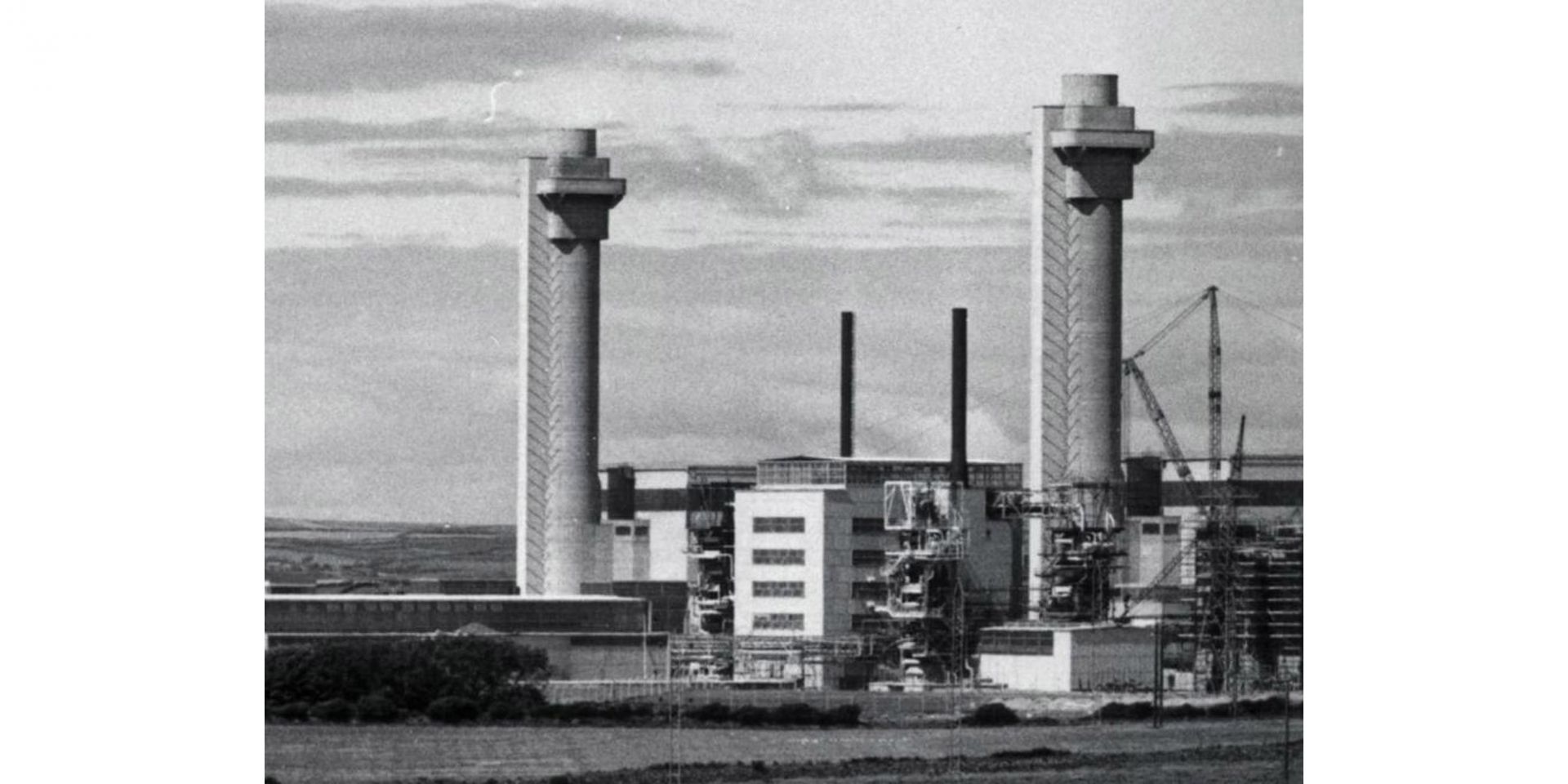
The core of Pile No. 1 at Windscale caught fire in the fall of 1957. The incident, rated a level 5, “Accident with Wider Consequences,” by the International Nuclear and Radiological Event Scale (INES), has since inspired nuclear safety culture, risk assessment, accident modeling, and emergency preparedness. Windscale also helped show how important communication and transparency are to gaining trust and public support.
Utah-based Creekstone Energy has signed a memorandum of understanding (MOU) with EnergySolutions to study the feasibility of building at least 2 gigawatts of advanced nuclear capacity to power a 25-acre data center Creekstone is planning in Delta, Utah.

In today’s rapidly evolving threat environment, nuclear facilities must prioritize speed and precision in their security responses—because in critical moments, every second counts. An early warning system serves as a vital layer of defense, enabling real-time detection of potential intrusions or anomalies before they escalate into full-blown incidents. By providing immediate alerts and actionable intelligence, these systems empower security personnel to respond decisively, minimizing risk to infrastructure, personnel, and the public. The ability to anticipate and intercept threats at the earliest possible stage not only enhances operational resilience but also reinforces public trust in the safety of nuclear operations. Investing in such proactive technologies is no longer optional—it’s essential for modern nuclear security.

The second annual South Carolina Nuclear Summit held last week featured utility executives and legislators from the state, as well as leaders from Brookfield Asset Management, which is being considered to restart construction on the two abandoned reactors at the V.C. Summer nuclear power plant in Fairfield County. The summit, at the University of South Carolina’s Colonial Life Arena, attracted more than 350 attendees. The event was hosted by the university’s Molinaroli College of Engineering and Computing.

GE Vernova Hitachi Nuclear Energy’s BWRX-300 small modular reactor has completed the second step of the generic design assessment (GDA) process in the United Kingdom. In this step, the U.K. Office for Nuclear Regulation, the Environment Agency, and Natural Resources Wales did not identify “any fundamental safety, security safeguard or environmental protection shortfalls with the design of the BWRX-300.” Step 1 was completed in December 2024.
Pacific Gas & Electric has announced that the California Coastal Commission, the state agency in charge of protecting California’s roughly 840 miles of coastline, unanimously voted to approve the Act Consistency Certification and Coastal Development Permit for Diablo Canyon, a critical step in the utility’s work to extend the life of the nuclear power plant.

Blye Widmar
"Where are the prints?!"
This was the final question in an onslaught of verbal feedback, comments, and critiques I received from my students back in 2019. I had two years of instructor experience and was teaching a class that had been meticulously rehearsed in preparation for an accreditation visit. I knew the training material well and transferred that knowledge effectively enough for all the students to pass the class. As we wrapped up, I asked the students how they felt about my first big system-level class, and they did not hold back.
“Why was the exam from memory when we don’t work from memory in the plant?” “Why didn’t we refer to the vendor documents?” “Why didn’t we practice more on the mock-up?” And so on.

The operating licenses for the three boiling water reactors at Browns Ferry nuclear power plant, in Athens, Ala., have each been renewed by the Nuclear Regulatory Commission for an additional 20 years. The reactors, operated by the Tennessee Valley Authority, are now licensed to operate until December 2053 for Unit 1, June 2054 for Unit 2, and July 2056 for Unit 3.
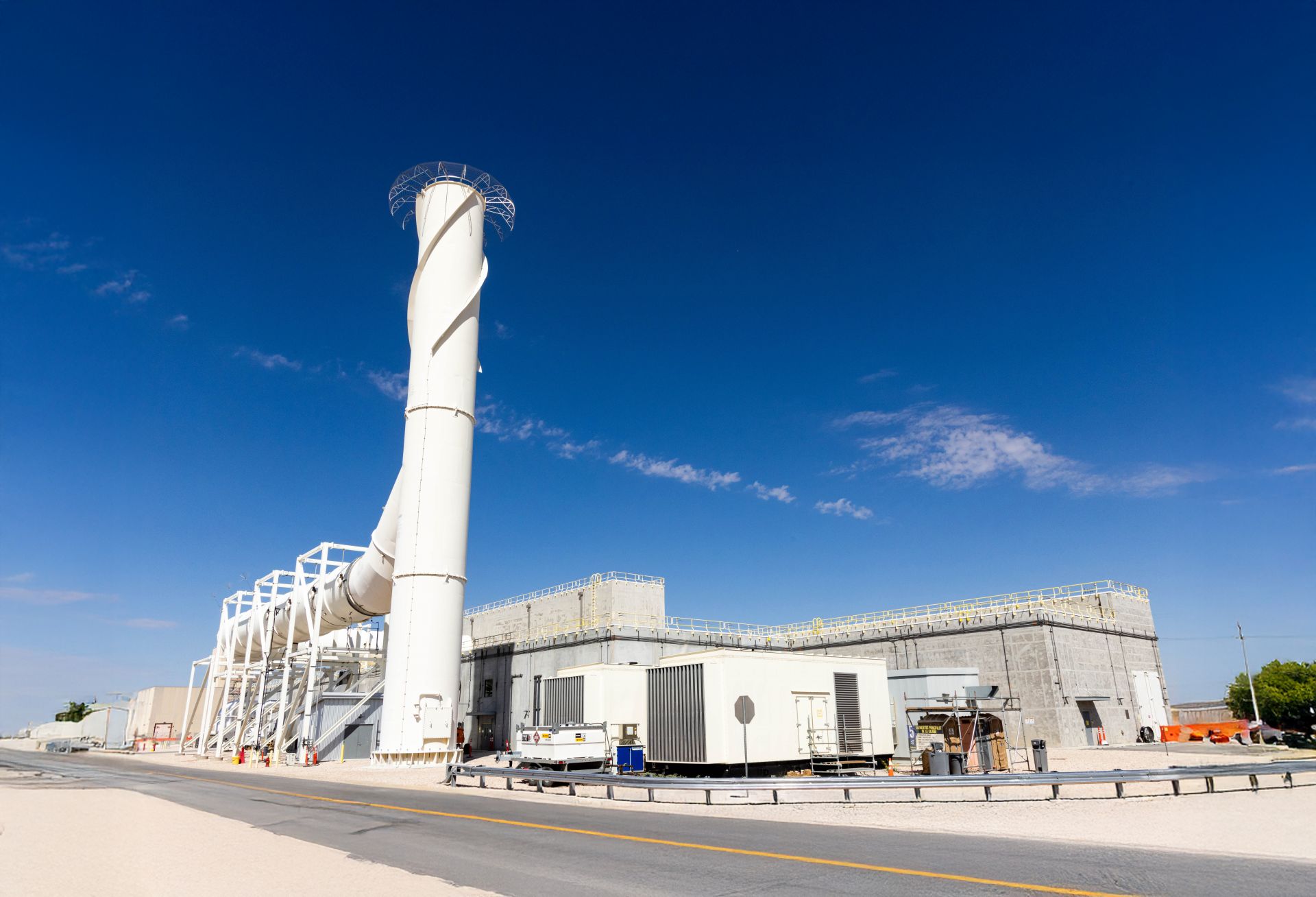
The Department of Energy has issued a three-year contract extension to Salado Isolation Mining Contractors (SIMCO), a single-purpose entity comprising Bechtel National and Los Alamos Technical Associates as a teaming contractor, for the continued management and operations of the Waste Isolation Pilot Plant, the DOE’s geologic repository for defense-generated transuranic waste in southeastern New Mexico.